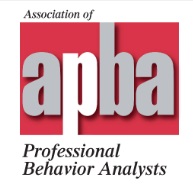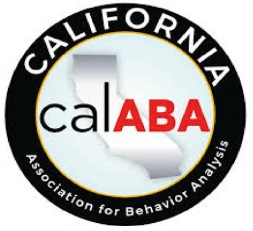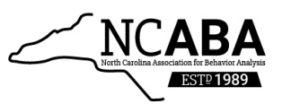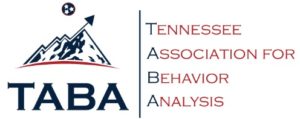AID in detail
1. ANALYZE potential Disruption
In the Analyze phase, we use the PCMA disruption mapper to find potential sources of disruption to your organization before training ever begins. Once targeted, the sources of disruption can now be addressed using the next step. The staff BSA tool will help to assess staff members’ Belief Systems and Attitudes about using restraints with individuals in a variety of settings. People will vary in their feelings about using any form of restraint with individuals and especially young children with special needs. It is important that all staff are comfortable with their roles before training begins. Using the Instructor/Participant Selection tool you will be able to determine the most appropriate role for your staff (instructor or practitioner) and the most appropriate level of training for those staff to ensure your program’s success. Finally, there is the PCM SkedCheck Tool, that is used to determine existing schedules and avoid possible conflicts and to arrange to have alternate appropriate staff to fill training slots if necessary.
2. INFORM using the SPA tool
SPA is an acronym for Staff, Parents and Administrators. The PCM SPA model is used to get your organization ready to have their staff PCM certified and we have created specific content for each group that will both answer their questions and assure them that they have chosen the best possible system
Staff: Whether your staff happen to be classroom teachers, individual behavioral therapists, or direct care workers in residential facilities, everyone needs to know what to expect from PCM training. Some staff may have concerns over being seen by clients/students as “law enforcement.” Others may be worried about fallout from administrators or parents/advocates/attorneys regarding their decision to use restraint, the level of restrictiveness, or how it was performed. It’s even possible that some staff feel that it is morally wrong to restrain individuals with special needs. PCMA has materials specifically designed to address the concerns of your staff turning their apprehension into excitement about becoming certified.
Parents: Parents/advocates typically have very different concerns from your staff. Naturally, they are concerned about safety of the physical procedures, but they also want to understand why procedures are being used with their son/daughter. They are also concerned about timely notification when restraints do occur and the steps that have been put into place to decrease or prevent future restraints. We provide an introductory guide to the PCM system for parents, which not only familiarizes them with the PCM system but also provides expectations and explains a belief system (restraints are not used to punish bad behavior, but to stop dangerous behavior that must be stopped immediately).
Administrators: Whether principals in schools or executive directors in residential facilities, administrators must be address the concerns of the staff (S), the concerns of the parents (P) and then their own concerns! In terms of readiness, administrators will have concerns about a variety of issues. One issue might be staff coverage when there is training, another important one is staff and parent attitudes regarding the use of restraint. Other issues include the fitness level of staff relative to severity of behavior problems and restraint data collection and how it will be used to make decisions. In fact, there are so many potential administrative concerns about a new crisis management system, PCMA includes a 25-page Administrator guide filled with valuable information that will help to ensure a smooth roll-out.
3. DESIGN your plan
Now you are ready to design your plan using the information from the Analyze phase, the PCM pre-training checklist, Resource Coverage Map and the Skedflex tool. The Pre-training checklist ensures that the training goes smoothly and includes an inventory of all the training readiness tools. The Resource Coverage Map ensures that you’ve selected the sufficient number of staff for any given location and the right certification for those staff. Finally, the PCM Skedflex Tool will let you create a plan with flexible training hours to better meet the needs of your organization.
After following the Aid model, you can now do your final logistical and budgetary planning for the instructor training.
As an example of using the AID model, let’s say that in the Analyze phase it was determined that in one particular classroom, staff attitudes were very uncertain about using more restrictive procedures (like floor holds), given this information you might then, in the Inform phase use the SPA tool to provide more information to uncertain staff. If after using the SPA tool, their attitudes have not changed, then it would be best to train these staff at the lowest level in which restraints consist only of escorts (transportation procedures) until staff attitudes change a little.










